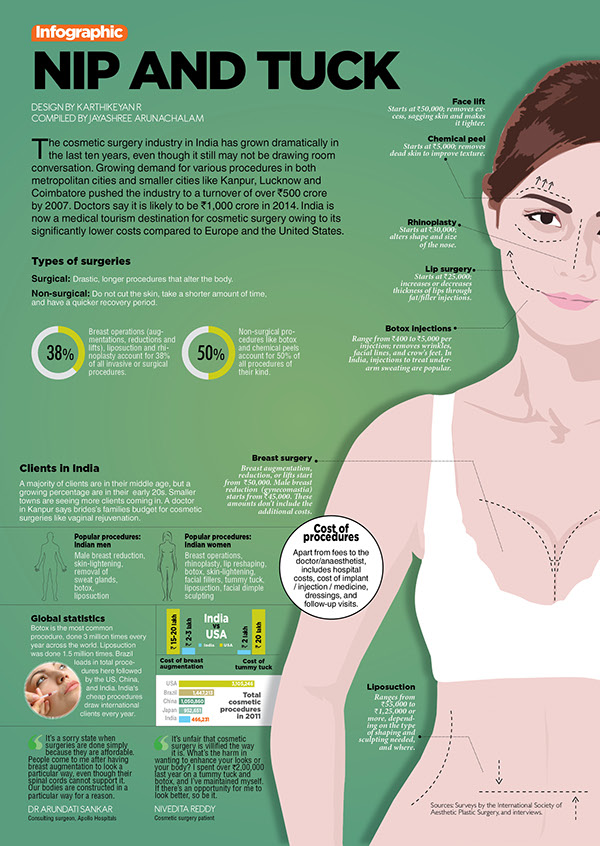Home Remedies For Acne Scars
Home Remedies For Acne Scars
Blog Article
Causes of Acne on Cheeks
Acne breakouts in the cheek location are caused by lots of things, from touching your face frequently to not transforming your pillowcase typically sufficient. Picking at imperfections boosts your risk of infection and scarring, and particular medications can worsen dark areas (postinflammatory hyperpigmentation).
The good news is, there are many ways to prevent and treat cheek acne. These include:
1. Hormonal Changes
Acne is mostly brought on by hormonal agents, specifically those created during adolescence and pregnancy. For some, a family history of acne might likewise add to their condition. Anything that clogs pores, such as oil-based skin care products or waxy hair products, can set off acne. Numerous topical therapies, like benzoyl peroxide and salicylic acid, can fight bacteria and unclog pores. Those with extreme or persistent acne needs to look for therapy from their medical professional.
Avoid touching or squeezing your acne, as this can push several of the microorganisms deeper right into the skin, leading to a more severe outbreak. It is additionally crucial to alter pillow cases consistently and make use of tidy makeup brushes. You should also attempt to stay clear of toxic irritants such as friction from wearing a helmet or tight collar.
2. Diet
The oily, sweet foods that many people think trigger acne may actually refrain so. Actually, research studies have shown that eating a diet regimen abundant in whole, nutrient-dense foods helps to prevent outbreaks.
Foods high in the glycemic index (such as white bread, corn flakes, blew rice and potatoes, doughnuts and other pastries) elevate blood glucose levels quickly, and this can raise hormonal agents that improve oil production and lead to acne.
Drinking cow's milk has actually likewise been linked to enhanced acne breakouts. If you are a normal cow's milk enthusiast, you might intend to attempt switching to low-fat or nondairy alternatives that are strengthened with calcium. Furthermore, consuming more water can aid to minimize acne because it helps to maintain the skin hydrated.
3. Excess Oil
While oil is vital for healthy skin, it can come to be an issue when excessive sebum mixes with dead skin cells and obstructs pores. This combination can create blackheads, whiteheads and acnes. The blocked pore wall can break down and spill bacteria, dead skin cells and sebum right into surrounding skin. This results in a red bump called an acne. In some cases these red bumps have pus in the center from a microbial infection. Larger contaminated bumps that appear like acne are called cysts.
There are many points that can trigger excess sebum and clogged up pores, consisting of hormone variations, diet and day-to-day routines. Some examples consist of touching the face frequently, relaxing your hand on your cheek, utilizing dirty makeup brushes and not changing pillow cases routinely.
4. Stress and anxiety
If you're taking care of throbbing acnes or a slew of blackheads and whiteheads, it might be time to speak with a dermatologist. They can suggest an effective treatment that fits your skin type. Exercising relaxation and stress-reduction methods also assists.
Acne can occur in the cheeks as a result of friction and stress, such as when a person touches their face regularly or wears a hat or sporting activities helmet that rubs versus the microcurrent facial la skin. It can also show up where greasy cosmetics and creams rub versus the skin.
Avoid pressing acne, as this can push contaminated product deeper into the skin and bring about scarring. Instead, see a physician to learn about preventative therapies like medication, skin care items and way of life adjustments. Eating a healthy and balanced diet plan of whole foods, getting 7 to nine hours of rest and using noncomedogenic makeup and skin care products can all help in reducing acne outbreaks.
5. Hair Products
Hair products are not normally thought of as a source of breakouts, however they can add to acne on the cheeks in some people. Pomade acne, which is identified by small shut comedones and papulopustules, is generally caused by making use of oily hair products that contain comedogenic active ingredients such as certain oils and acetylated lanolin.
Selecting hair items that don't include these possibly comedogenic ingredients is an essential action towards minimizing breakouts. Additionally, ensuring that hair products aren't can be found in contact with the skin can help avoid outbreaks. For example, wearing a headscarf or hood at night can limit hair-to-face call and lower the likelihood that leave-in hair products will certainly abrade onto the face.
In addition to using a non-comedogenic cream and cleaning with an acne face clean, other useful methods consist of: